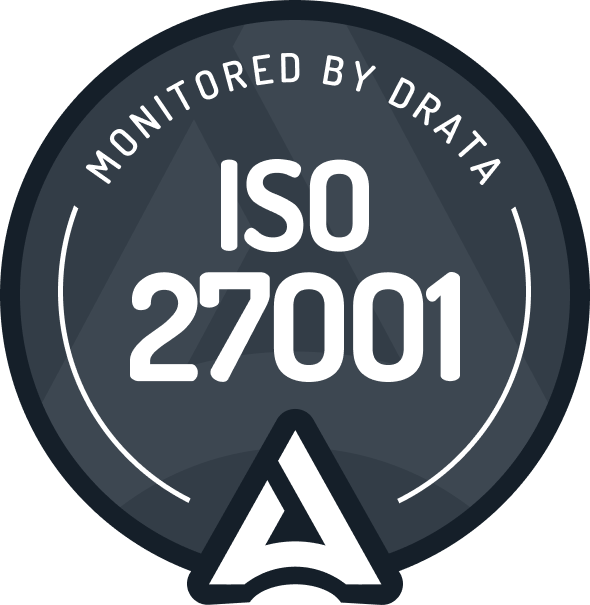Retailers' Struggle: Award Interpretation

The General Retail Industry Award (GRIA) is a complex award to pay under and has posed many challenges for both big and small retailers in Australia.
Getting pay calculations right under the GRIA is difficult, and is determined by a number of different factors including employment requirements, contracts, interpretation of legislation and data collection from dynamic work patterns.
Navigating these factors usually sits on the shoulders of small payroll and HR teams, and has continually proven to be difficult to accurately execute payruns, whilst negotiating with the ambiguity in the award.
Due to this complexity retailers have seen damage to reputation and investor confidence, personal & company penalties and large remediation costs as a result of employee underpayments. We have also seen an increase in damage to employer and employee trust in a time where recruiting and retaining employees is of utmost importance to business continuance.
Where does the complexity lie in the retail award?
There are numerous clauses that retailers struggle with but from what we have seen most struggle with the intricacies in the overtime (OT) clauses. Many of the OT clauses in the GRIA can be calculated using different methods, meaning an interpretation of the clause must occur, making it difficult for employers to be certain that they are paying their employees correctly and are compliant.
There is also added uncertainty around the order that OT clauses should be considered when calculating an employee's pay. OT clauses considered in different orders can produce different payments.
Challenge #1 - GRIA Clause Interpretation
The GRIA’s 7 Schedules and their interpretation suggest 6 different general entitlement categories; ordinary hours, overtime, penalties, allowances, breaks and leave.
The challenge for retailers comes from the 30 clauses within these categories where an interpretation must occur in order to calculate an employee's pay. The high level of ambiguity has led to uncertainty on whether or not the interpretation made is viable in the eyes of Fair Work.
An example of the interpretation challenge: Maximum ordinary hours worked on a day
Here are the clauses:
15.4 Subject to clause 15.5,the maximum number of ordinary hours that can be worked on any day is 9.
15.5 An employer may roster an employee to work up to 11 ordinary hours on one day per week.
An example scenario where calculating pay in regard to these clauses becomes difficult is when an employee works for more than 9 hours twice in a week.
So the question is - How do you choose the 11 hour day?
Do you opt for the first time in the week where the team member works a 9+ hour shift? Or do you look for the longest day worked within the week? You can see that this decision leads to a different amount in calculating the entitlement owed.

There is also further difficulty in this scenario if the shift goes past midnight, further displaying the complexity retailers face when executing their payruns.
This is only one example of the complex decisions retailers have to make, which causes uncertainty for many employers.
Where to next?
The numerous factors involved in paying employees as well as the intricacies of the retail award has created a great amount of uncertainty and distrust in the industry. This has made it difficult for employees to be confident that the wages they are paid are correct and employers to be confident they are compliant.
PaidRight envisions a future where all industries including retail no longer compete on compliance, rather compliance is a given and both employees and employers are confident that their company is paying correctly.
We believe to get to this future we will need to have greater clarity on the way to interpret and program each clause in the award. We believe the community has two options:
- wait until the government acts to provide that clarity or,
- come together as an industry and put forward a sufficiently specific position on what that program should be.




.png)

.png)





%201.webp)


.webp)




.webp)

.webp)